Investment in State & Private Forests
Implementing a Generational Investment in State and Private Forests
The Infrastructure, Investment and Jobs Act (IIJA) of 2021, and the Inflation Reduction Act (IRA) of 2022 include historic investments in forestry, in particular through state forestry agencies, to implement a wide range of programs and priorities.
SGSF policy efforts are focused on making sure these investments make the greatest impact on the ground for our regions forests and forest owners, while our communications help tell the stories of the meaningful impacts of these funds.
Learn how southern state forestry agencies are implementing these historic investments locally.
Learn More
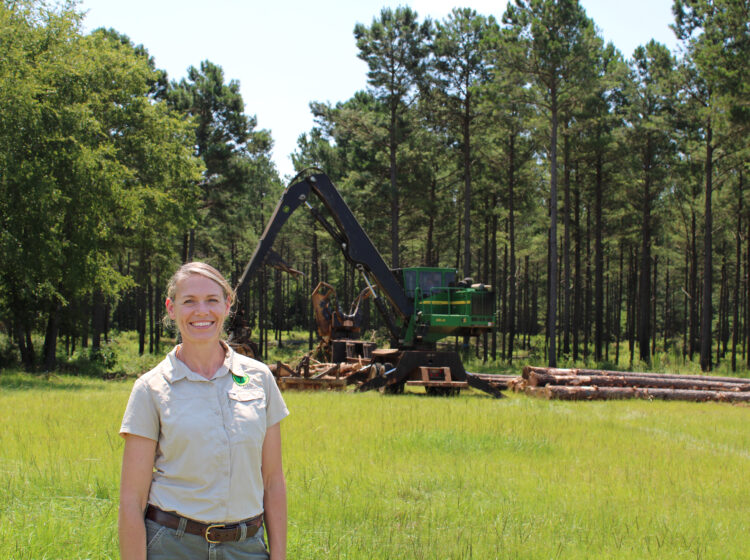
State-Defined Solutions
Learn More$200 million to state forestry agencies to implement the highest priorities in each state’s unique Forest Action Plan.
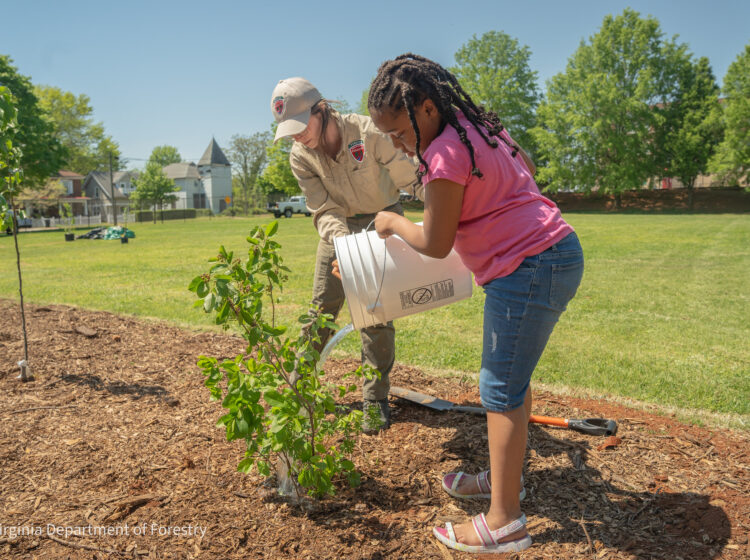
Urban & Community Forestry
Learn More$1.5 billion in urban and community forestry investments to support local communities in increasing tree canopy and reducing the impacts of extreme heat on underserved populations.
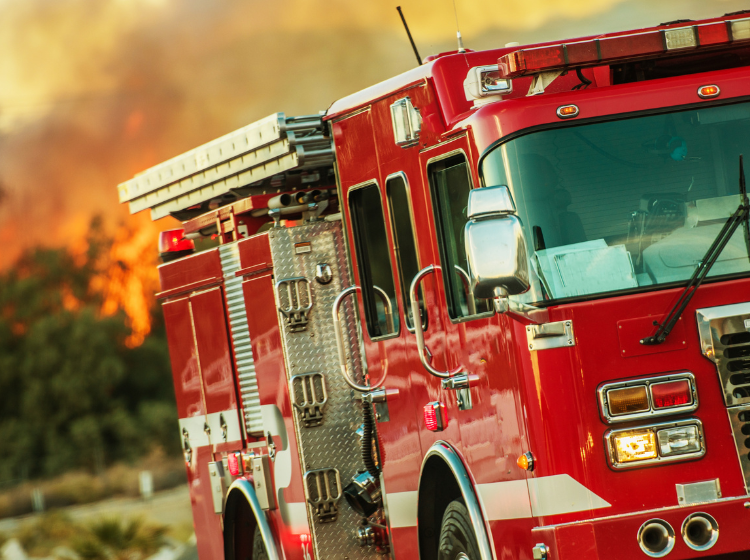
Wildfire Protection
Learn MoreA $1 billion Community Wildfire Defense Grant (CWDG) program to help communities plan and subsequently implement wildfire resilience and readiness projects.
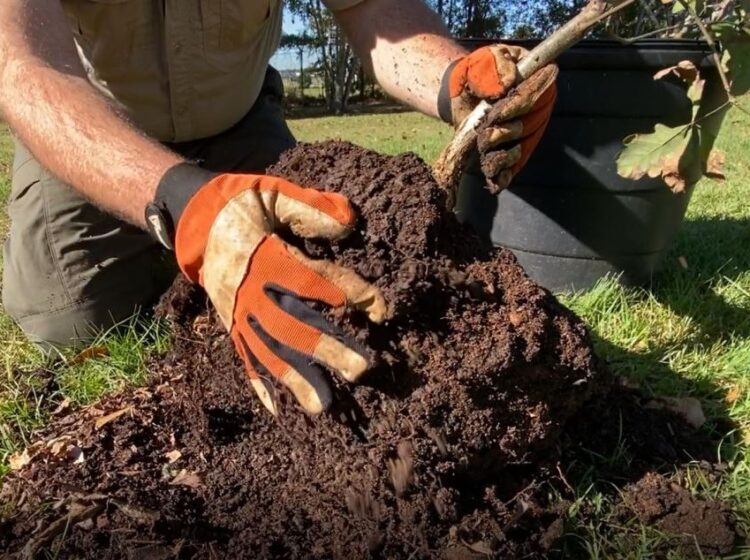
Reforestation
Learn MoreFunding to support state-run tree nurseries, seed orchards and tree improvement programs which are an essential piece to reforestation goals on lands of all ownerships.
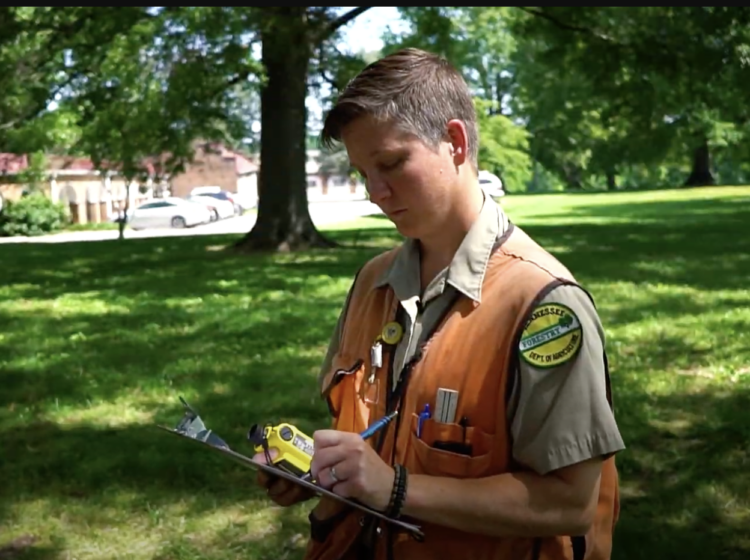
Forest Health
Learn MoreInvestments in forest health priorities across the region, including early detection and rapid response (EDRR) and supporting underserved communities with targeted pest and disease treatments.
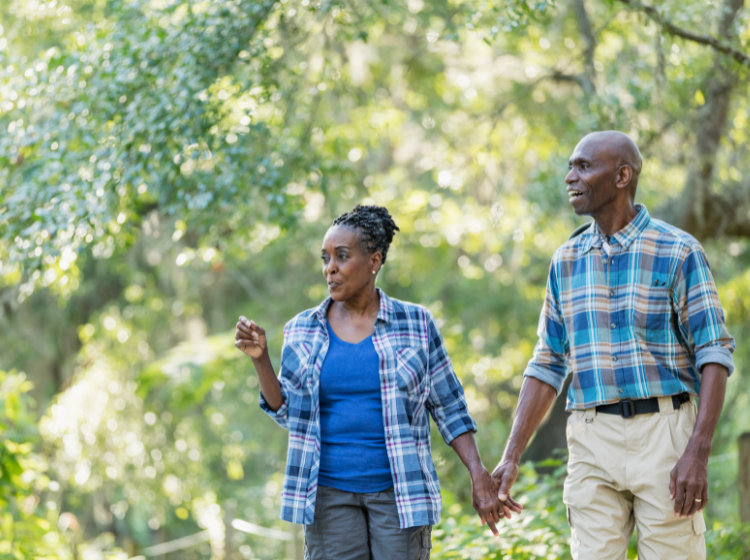
Climate-smart Forestry
Learn MoreLandowner assistance funding to support engagement in climate, carbon and forest resilience markets, especially for historically underserved landowners.
Urban & Community Forestry
By working with state partners and community tree groups, the Urban & Community Forestry program invests from the ground up in communities, improving more than 140 million acres of urban and community forest across the United States.
State Accomplishments
Urban & Community Forestry in Action
Selma Tree Canopy Improvement and Tornado Relief
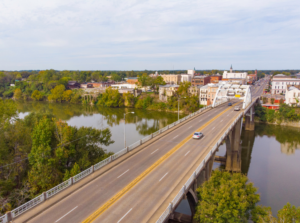 In November 2022, as part of the Tree Canopy Improvement program, approximately 400 three-gallon tree containers with dogwood, white oak, blackgum, bald cypress and redbud seedlings we
In November 2022, as part of the Tree Canopy Improvement program, approximately 400 three-gallon tree containers with dogwood, white oak, blackgum, bald cypress and redbud seedlings we
re distributed to the public in less than an hour in a small community north of Selma, Alabama.
- Following an EF-2 tornado that devastated Selma a couple months later in January, an Urban Forest Strike Team was deployed to the city in response to a request for help.
- Selma will also receive a share of 1,000 trees in Fall 2023 and Winter 2024 as part of the Alabama Urban Forestry Association / Arbor Day Foundation tree distribution.
Free Tree Fridays
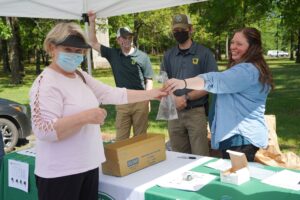
Five urban forestry grants were awarded in Arkansas for community improvement projects totaling $26,725, to be met with a 50/50 match by the recipients. Projects included:
- Public radio campaign to educate people about the benefits of urban and community trees, and promoting free seedling giveaways.
- Highway interchange green space improvement.
- Planting trees in city parks.
- A tree planting project with student volunteers who were educated on tree planting, tree care, proper tree maintenance, and streambed restoration.
Community Greening Youth Tree Team
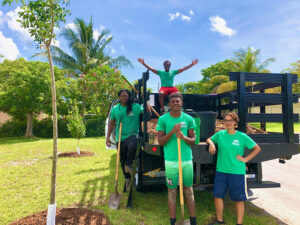
Through a grant with the Florida Forest Service, Community Greening is continuing to expand their workforce development Youth Tree Team project. This project hires local youth to plant and maintain trees, and conduct community outreach. The team is composed of students from local high schools in areas classified as disadvantaged, and work primarily in disadvantaged communities.
Georgia ReLeaf Grant Program
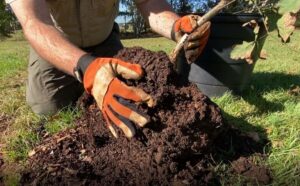
Through its tree planting and tree distribution grant program, called “Georgia ReLeaf,” Georgia Forestry Commission (GFC) funds and supports:
- Community recovery from storms. Expanding the use of trees as green infrastructure.
- Supporting tree equity and environmental justice efforts in disadvantaged communities
This program is advertised and administered by the Georgia Tree Council, which serves as Georgia’s urban forest council. GFC provided all funding and technical assistance to communities.
Tree Week Celebration
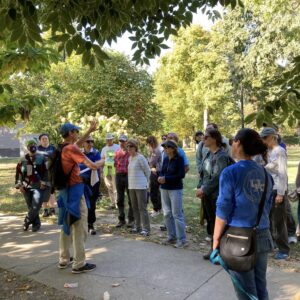
Tree Week is a celebration of trees and green spaces around us, through a series of nature and tree themed events. The initial week-long celebration in Lexington, KY has expanded to include more than 75 educational tree planting and community events in the area, and has been adopted by 13 additional communities across Kentucky. The program continues to enhance the lives of Kentuckians through the celebration of and engagement with trees and green spaces.
Share The Fruit
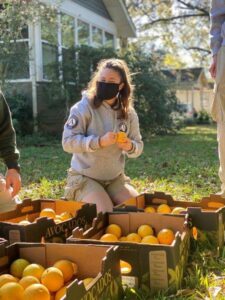
Share the Fruit adds agroforestry practices to an existing urban agriculture network to deliver fresh, healthy foods to underserved communities in Baton Rouge. One-hundred citrus trees have been planted on Housing Authority sites and are collaboratively managed along with the Baton Roots Community Farm and Garden network. This project also provides ample opportunities for staff members to communicate the benefits of trees in developed places beyond fruit production.
Sub-grant & Sub-award Programs
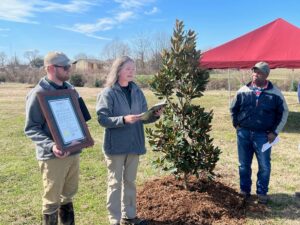
Sub-awards have supported tree inventory assessments, education and training, and development of advocacy groups and professional staff. Technical assistance has increased within Mississippi communities over the same time period through the expansion of program staff to three full time program positions.
Sample Tree Inventory & Canopy Cover Assessment Program
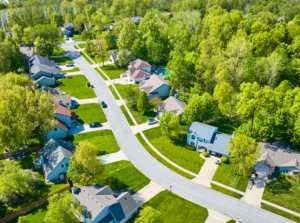
The North Carolina Forest service, alongside the N.C. Urban Forest Council, have contracted with a vendor to provide tree inventory and canopy cover assessment services, and cloud-based management software, to municipalities on a unit-price, on-demand basis. Through the Sample Tree Inventory and Canopy Cover Assessment Program, municipalities can better conduct urban and community forestry planning and management. Five municipalities were awarded grants and work was completed in fall 2022. Eight projects were awarded in March 2023 and will be completed by the end of July.
With this singular platform, the N.C. Forest Service also houses, manages and shares statewide urban forest inventory and analysis data.
Tree Canopy Assessments
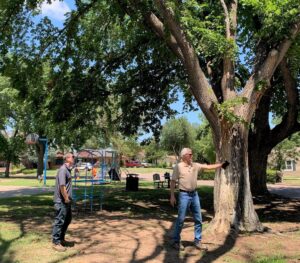
Oklahoma Forestry Services (OFS) partnered with Up With Trees in Tulsa, the Oklahoma City Community Foundation and the Association of Central Oklahoma Governments in Oklahoma City, to conduct Tree Canopy Assessments. This information provided baseline information to help guide urban forest planning.
Community Forestry Online Self-Assessment Tool
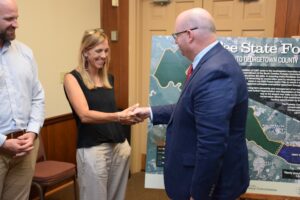
The South Carolina Forestry Commission (SCFC), through a cooperative agreement with the Green Infrastructure Center (GIC), has developed a community forestry online self-assessment tool. Using the tool, communities can complete a self-assessment, identifying local needs for technical and programmatic support. Based on the assessments, GIC may provide technical assistance at no cost to the community.
Trees Count Mobile App
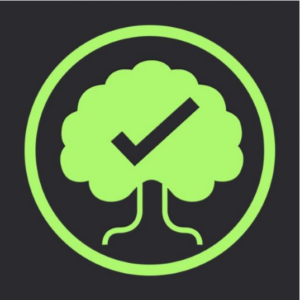
Texas A&M Forest Service designed the free Trees Count mobile app, which teaches communities how to conduct sample- or whole-tree inventories. The Trees Count app has been used to teach Texas communities about the proper ways to conduct an inventory.
Trees Count, available on both Android and iPhone, is also available outside of Texas. To date, over 340 reports have been generated, totaling more than 13,550 trees inventoried in more than 20 different countries.
Preserving Our Trees, Saving Our Lives
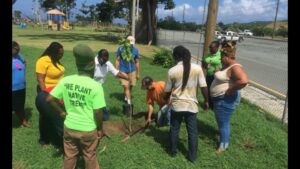
The project, developed for Claude O’ Markoe Elementary School, included two significant features:
- It had a forestry curriculum guiding activities designed to expand students’ understanding of trees, and promoting awareness of the benefits of trees.
- It established a demonstration project, which included parents and volunteers, to create sustained commitments to learning about planting and protecting indigenous trees.
Virginia Heat Island Mitigation
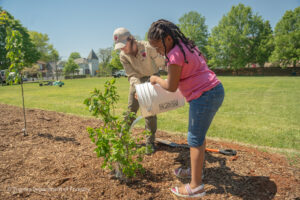
With the help of over 200 community volunteers, the Virginia Department of Forestry, Virginia Foundation for Independent Colleges and the Science Museum of Virginia developed ten heat vulnerability maps across the Commonwealth. Since then, the heat island study has empowered Virginia’s students to take action. Example projects included community tree giveaways and plantings at neighborhood parks and area schools. One school even removed sidewalks to create plantable space for new street trees. Some institutions also led efforts to establish public food forests in areas which correlated with identified food deserts.
Wildfire Protection
The Community Wildfire Defense Program (CWDG) is intended to help at-risk local communities and tribes plan for and reduce the risk of wildfire.
This program, which was authorized by the Bipartisan Infrastructure Law, prioritizes at-risk communities in an area identified as having high or very high wildfire hazard potential, are low-income, or have been impacted by a severe disaster that affects the risk of wildfire.
State Accomplishments
Wildfire Protection in Action
Rabun County, Georgia
This Community Wildfire Defense Grant (CWDG) project is being used by the Chestatee/Chattahoochee Rural Community and Development Council to provide community leaders, government officials, firefighters, first responders and local citizens a clear, concise assessment of wildfire risk in the wildland-urban interface of Rabun County, GA. Rabun County is unique in that it holds numerous growing communities within a mountainous area surrounded by large contiguous forestlands, much of which is publicly owned by the U.S. Forest Service. Rabun County is a tourist destination year-round and attracts thousands of people annually. The U.S. Forest Service owns 62% of the land in Rabun County. Rabun County ranks at 81% for wildfire risk to homes in the state. This project’s goal is to update and provide a comprehensive Community Wildfire Protection Plan (CWPP) for Rabun County and map out specific actions to be taken on privately owned property to prepare and plan for wildfire encroachment within impacted communities. It also provides training to local officials and private citizens to learn how to successfully protect homes and keep people safe during wildfire events.
The project accomplishes the goals of the National Cohesive Wildland Fire Management Strategy to restore and maintain landscapes; create fire-adapted communities; and improve wildfire response across all jurisdictions. The updated CWPP will be a road map for wildfire risk reduction and will consolidate all current and future projects for wildfire readiness and preparation under the Rabun County government administration, which will allow for a sustainable process and organization into the future. Further, the updated CWPP will lay the groundwork necessary for specific agreed-upon community projects that need to be completed to reduce the risk of wildfire. Having these types of specific projects already identified within the CWPP, allow for funding through additional grant opportunities in the future. The project is also targeting areas within Rabun County that have been negatively impacted by severe disasters in the last 10 years, including ice storms, previous large wildfires, and several high wind events that have created large volumes of dead and down wildland fuel for wildfires. The CWPP will provide the actions necessary to mitigate hazardous fuels in and around communities created by these events. The ultimate outcome and benefits to the communities are to make the citizens and local officials aware of the high risk they are in, take ownership of their risk, determine solutions, and develop actions necessary to defend their communities from wildfires.
Reforestation
Reforesting in the right place, at the right time, with the right species, and at the appropriate scale promotes healthy, resilient forests. Reforestation can occur through natural regeneration or tree planting, and allows for the accelerated development of forested ecosystems following natural disturbance events such as wildfire, wind events, and insect and disease infestations. Landowners also conduct forest regeneration after planned timber harvests as part of their sustainable forest management strategy.
State Accomplishments
Reforestation in Action
Forest Regeneration Center Upgrades
The mission of the Forest Regeneration Center (FRC) is to help Oklahoma landowners by providing quality natural resource programs and services that emphasize the planting of conservation tree seedlings. The FRC grows native and Oklahoma-proven tree and shrub species to provide windbreaks, erosion control, timber reforestation, and wildlife habitats to Oklahoma landowners. In recent years, there has been an increasing demand for seedlings in containers. This increased demand is due to their survival rate compared to bare-root seedlings. Containerized seedlings also require less labor during the growing season after they have been planted. Planting containerized seedlings is the most labor-intensive aspect of growing these seedlings. This year’s funding is going towards upgrading our Containerized Uniform Tree Equipment Building which will house our containerized planting equipment. This building will also provide us with a safe working space. Funding is also going towards the equipment necessary to transport our planted containerized seedlings successfully and safely. Having a completed Containerized Uniform Tree Equipment.
Containerized tree seedlings require less equipment compared to harvesting bare-root tree seedlings. Once the trees are planted in containers there is very little labor involved, aside from someone maintaining the automated irrigation system and assessing the seedling’s health. A Cyklop Elastic Binder has been purchased to allow for enhanced productivity during our seedling harvest season, allowing us to be more efficient in preparing our conservation seedlings for customer distribution. Thus, allowing the Forest Regeneration Center to provide more conservation tree seedlings to Oklahoma landowners and create a more sustainable environment for future generations. ent Building will increase our capacity and efficiency to carry out present and future reforestation needs.
Longleaf Pine Seedlings
Over the past two decades, the GFC nursery program has been in dire need of funding to re-capitalize its facilities and remain relevant as a leading supplier of seedlings for reforestation. Providing forest tree seedlings not only mitigates climate change, it helps to stabilize the seedling market by being a source of seedlings for small and underserved landowners. The seedling market has evolved over the past several years, and the utilization of containerized seedlings, especially for re-establishing the longleaf pine ecosystem, has become more prevalent.
This project allows the Flint River Nursery to produce much-needed containerized seedlings, especially longleaf pine, to meet the needs of landowners. The nursery gets numerous inquiries from people who have cost share approved for various programs but can’t find available seedlings. Through the establishment of an automated seed sowing line, T-rail benches for holding seedling trays, and a top-clipping machine to groom the seedlings for optimal growth and plantability. Once established, the nursery will be able to produce at least 500,000 seedlings per year, reforesting around 1,000 acres initially. Future plan to expand this nursery will lead to increased production, reforesting several thousand more acres.
Hardwood Seedlings
The Georgia Forestry Commission’s (GFC) Reforestation department plans to meet or exceed the current demand for hardwood seedlings resulting from cost-share programs and other initiatives. BIL funding has allowed for the procurement of a new hardwood seedling lifter, increased capacity to accommodate more seedlings, and supported more labor for lifting and packing. The agency’s aging cold storage units are also in need of new cold storage units. This funding will help the nursery to produce close to 1 million hardwood seedlings. Whether the seedlings remain as trees long-term or are used to produce wood for forest products (through sustainable use of resources), the seedlings produced today will benefit our climate by sequestering carbon for many years to come.
Forest Health
Forest insects account for 20% of the total negative growth impact on forest trees, while diseases account for 45%. Among significant non-native insects and diseases established in the South are the hemlock woolly adelgid, spongy moth, emerald ash borer, laurel wilt disease and Asian longhorned beetle. Monitoring and suppression are important tools for preventing and managing these pests.
State Accomplishments
Forest Health in Action
Ash Treatment Program
The invasive emerald ash borer (EAB) has caused extensive decline and mortality of ash trees in North America. The goal of Virginia’s treatment program is to protect ash trees with both chemical and biological control. Chemical control will protect high-value trees while biological control has the potential to provide long-term protection across the landscape. The goal of this project is to preserve genetic material of ash species that have become endangered throughout their range in North America.Virginia’s Forest Pest Treatment Cost-Share program provides financial assistance to landowners and organizations to treat ash trees on their property. In 2023, 75 applicants participated in this cost-share program which supported the treatment of 213 ash trees. Total cost-share to landowners/organization in 2023 was over $35,000. In addition, Department of Forestry staff treated 119 ash trees on State Land.
Biological control parasitoids supplied by USDA-APHIS were released at three Virginia sites in 2023. In total, 3,000 parasitoids were released. If establishment is successful, these biocontrol agents will protect the next generation of ash trees.
Invasive Species Detection & Response
The goal of this project is to develop an invasive species program in Virginia that will focus on non-native invasive plants. Year one of the program focused on outreach and treatment of wavyleaf grass, a relatively new invader to Virginia. Wavyleaf grass is a significant threat to our forests, but suppression is feasible in Virginia because its distribution is still limited within the Commonwealth. Funds were used to survey and treat wavyleaf on public land and create educational content to encourage the public to assist with surveys and reporting. Year two of the project will include continued outreach, additional treatment, and an expanded focus to other species and areas.
In 2023, state forests and state-owned land were surveyed for wavyleaf grass. In total, 255 acres were surveyed and approximately 57 acres of wavyleaf were treated on priority lands such as state parks, state forests, and wildlife management areas. Educational material was created to inform the public about wavyleaf and how to report infestations (see YouTube video here: https://www.youtube.com/watch?v=I-dAbT3mfv4). Signs were produced for 12 boot brush stations that will be placed at trailheads of popular state-owned natural areas in 2024. Early detection and rapid response of wavyleaf grass is critical for suppressing populations and slowing the spread of this invasive plant.
Reducing tree loss
This project will help the communities of Tifton, GA and Thomasville, GA implement projects and community forestry planning. Specifically, the goal of the work is to reduce tree loss to development pressure in the communities which are experiencing increased population and economic growth.
The communities have partnered with the Green Infrastructure Center to work on canopy mapping, goal setting, and in-depth city code revision as it pertains to trees.
Forest Health Awareness and Trapping
Capacity building funds will be used to promote Forest Health awareness across Georgia. The funds will be used to update and print forest health publications and outreach documents, including the Forest Health Guide, hemlock woolly adelgid brochure, and spongy moth fact sheet. The funding will also include producing and printing new outreach documents about new emerging pests, such as Asian longhorned beetle and spotted lanternfly. Included in this outreach will be a series of brief educational videos on the “Dirty Dozen” list of invasive plant species, along with an updated invasive plant website.
Capacity building funding will also be used to increase our EDRR trapping for emerald ash borer and spongy moth. We will increase emerald ash borer trapping from 65 traps to 100 traps across the state (35 traps). And spongy moth traps will be increased from 100 to 200 traps (100 traps).
Invasive plants are one of the greatest threats to Georgia’s 24 million acres of forestlands. Without control, these species cross landowner boundaries and threaten the health and productivity of Georgia’s forests. The five species listed in this Invasive Plant Cost Share program continue to be the top species increasing in acreage in Georgia’s forests. GFC has had an invasive plant cost share program in place for over a decade. Each year, there are more applications for the program than we have the funds to pay. Over the last three years, we have had the following requests for invasive plant cost share assistance:
2022 – 93 applications for 4,800 acres ($288,000)
2021: 231 applications for 12,431 acres or (745,860)
2020: 148 applications for 8,100 acres ($486,000)
For the last three years, annual funding for this invasive plant control cost share has only been approximately $55,000 (approximately 910 acres). Adding additional funding to the program will allow GFC to fund more of these requested applications and further control invasive species in Georgia.
Georgia’s landowners will increase the amount of healthy, productive forests by decreasing invasive plant infestations across the state. This will be done by granting funds to private landowners to use chemical control for the suppression of five invasive plant species on their property. Species included on the list are non-native privets, Japanese climbing fern, Chinese tallowtree, Chinaberry and Callery pear. The cost share assistance is designed to cover half of the cost of chemical application for the control of these invasive species ($60 per acre to the landowner). The cost share program will be open to landowners across the state with more than 10 forested acres and more than three acres of infestation. For this funding, $90,000 a year for three years ($270,000 total) will be used to control approximately 4,500 acres of invasive plants across the state. With an average of 30 acres per contract, this funding will help approximately 150 landowners control invasive plant species in their forests. Contracts with each landowner will be completed in one years’ time.
The program is administered by the Forest Health Coordinator and the Cost Share Coordinator. An online application system is used to collect all information from interested landowners. Once the application period closes, a random lottery is used to select landowners until the funds are obligated. Once the landowners are selected, GFC foresters make initial contact with the landowners. GFC foresters then make an initial site visit with the landowner to ensure the application qualifies for the program. If the landowner qualifies, the forester will work with the landowner to create a resource management plan and map for the invasive species control work. Once the work has been completed, GFC Foresters will make another site visit to verify that the work has been completed according to the plan. Over the last three years, the cost share program has helped assist landowners perform treatment for invasive plant control across the state:
2022- Five landowners approved for a total of 313 acres treated for invasive plant control
2021- 16 landowners approved for a total of 795 acres treated for invasive plant control
2020- 32 landowners approved for a total of 1333 acres treated for invasive plant control
The current 2023 invasive plant control cost share program has had a total of 118 applications for a total of 2687acres approved, with five landowners completing work for 312 acres treated for invasive plant control.
Providing cost share assistance to landowners strengthens the relationship between landowners and GFC foresters. These landowner visits provide a one-on-one chance to educate landowners on the importance of controlling invasive species on their property and promoting forest health on their land. These visits also provide the landowner the opportunity to ask our foresters about other possible forest health issues on their property. Working with the landowners on the resource management plan also provides landowners with the most up-to-date information on invasive species control methods.
Climate-Smart Forestry
Approximately 86% of the South’s forestland is privately-owned, making it the nation’s stronghold for private forestland ownership.
- Forests help maintain the carbon balance in the earth’s atmosphere. Increasing carbon storage, decreasing the use of fossil fuels and strengthening forest resilience is key to mitigating the negative effects of a changing climate.
- Among all forest types, private working forests are responsible for 75% of all carbon sequestered by forests in the United States annually, and actively absorb 17% of all CO2 emissions in the country.
State Accomplishments
Climate-Smart Forestry in Action
Mass Timber Documentary
When Texas A&M Forest Service recently had need for a new office and training facility in East Texas, we embarked to design and construct a building using southern pine glulam and cross-laminated timber. The project commenced in December 2022 and is scheduled to be completed in late December 2024. We have hired a professional cinematographer to produce a project documentary that highlights the motivations of TAMFS, experience of the design architect and general contractor, and significance to the landowners and forest industries in East Texas. The project documentary is currently in development and addresses the following strategies set forth in Texas’s Forest Action Plan:
- Issue 3: Sustainability of Forest Resources in East Texas
- Goal 1: Assess and promote the sustainability of East Texas forests (Strategies 1.4.1, 1.4.2)
- Goal 2: Maintain working forests by improving markets for sustainable forest products
- Goal 3: Identify forest economic development opportunities (Strategy 3.1.1)
Mass timber provides significant benefits where sustainable and cost-effective construction systems with low embodied carbon are goals of developers, architects, engineers, and city planners. This documentary is a “ribbon on top” of a series of 10 videos produced by Texas A&M Forest Service. All of the videos are intended to highlight the benefits of mass timber, showcase several of the first buildings in Texas with commentary from their champions, and promote Texas as a market, resource base, and prospective future producer of southern yellow pine mass timber.